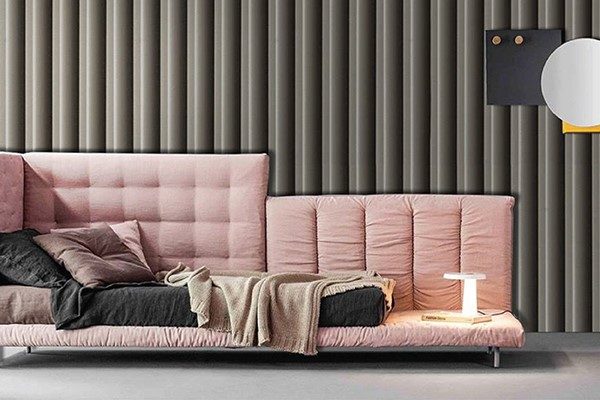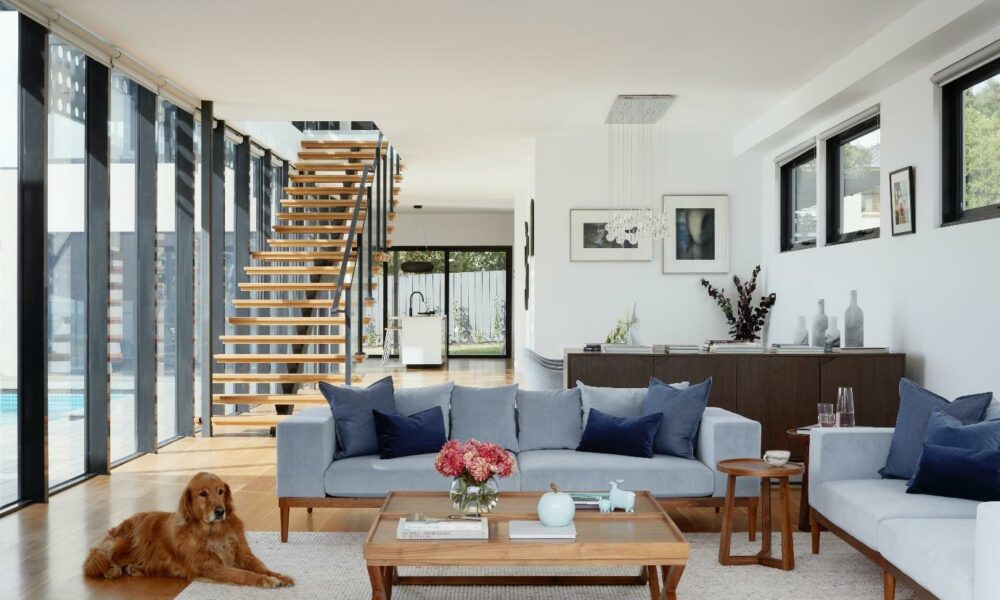Interior design is an art that combines aesthetics and functionality to create a beautiful and comfortable living space. One of the essential elements of interior design is color. Colors have a significant impact on our emotions and behavior. Color psychology is the study of how colors affect our mental and emotional states. In this article, we will explore the role of color psychology in interior design.
The Power of Colors
Colors have a powerful effect on our mental and emotional states. They can affect our mood, energy level, and behavior. For example, red is a stimulating color that increases heart rate and blood pressure. It is associated with passion, energy, and excitement. On the other hand, blue is a calming color that reduces stress and anxiety. It is associated with serenity, trust, and stability.
Color Schemes in Interior Design

Color schemes are combinations of colors that are used in interior design to create a harmonious and balanced living space. There are three types of color schemes:
- Monochromatic color scheme: This color scheme uses different shades of the same color. It creates a calming and cohesive look.
- Analogous color scheme: This color scheme uses colors that are next to each other on the color wheel. It creates a harmonious and balanced look.
- Complementary color scheme: This color scheme uses colors that are opposite each other on the color wheel. It creates a vibrant and energetic look.
Color Psychology in Interior Design
Color psychology plays a crucial role in interior design. The colors used in a living space can affect the mood and behavior of the occupants. Here are some examples:
- Yellow: This color is associated with happiness, optimism, and warmth. It can be used in living rooms and kitchens to create a welcoming and cheerful atmosphere.
- Green: This color is associated with nature, growth, and harmony. It can be used in bedrooms and bathrooms to create a calming and relaxing environment.
- Red: This color is associated with passion, energy, and excitement. It can be used in dining rooms to stimulate appetite and conversation.
- Blue: This color is associated with serenity, trust, and stability. It can be used in bedrooms and living rooms to create a calming and peaceful environment.
Color psychology is a powerful tool in interior design. The colors used in a living space can affect our mood, energy level, and behavior. By understanding the role of color psychology, interior designers can create a beautiful and comfortable living space that promotes well-being and happiness.

